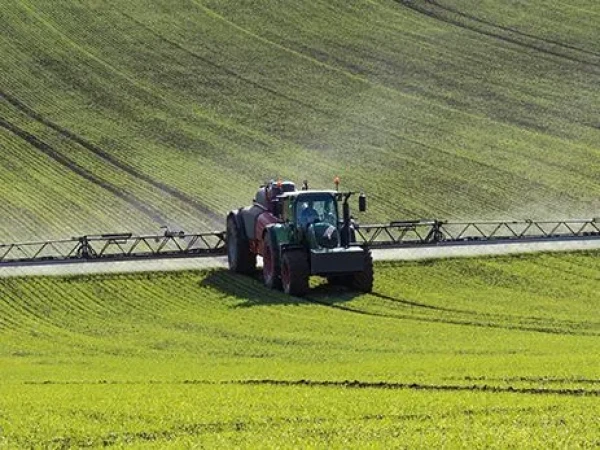

Prices are already starting to fall, and part of the farmers, waiting for lower prices, has delayed purchases.
The scenario of extreme difficulty in obtaining fertilizers, as expected earlier this year, has not been confirmed. Despite the high prices, there was no lack of product.
The delivery of fertilizer to farms in this final stretch of the year, however, can be a hustle and bustle.
The statement is by Marcos Stelzer, CEO of Galvani, a national company with an integrated production system. After the intense increase, mainly due to the invasion of Ukraine by Russia, prices are already starting to fall, and part of the farmers, waiting for lower values, delayed purchases.
Difficulties in delivery will be accompanied by higher freight costs, due to this concentration of orders, according to the executive. He has been in this business for 33 years, and he says that no year is the same as the other, something always happens.
Domestic consumption of fertilizers has been increasing year after year, but national industries have lost strength in recent decades concerning the supply of imported products. 20 years ago, the country produced 60% of what it consumed. Today, they are 20%, says Stelzer.
This year, however, the national industry increased the product supply in the domestic market. Data from Anda (National Association for Fertilizer Diffusion) show that national production rose to 3.8 million tons, 17.4% more than in the same period of 2021.
"We are going through a nervous period, with high prices, but which are already starting to return. There is tension, however, which will continue due to the effects of the measures taken by the embargoes", says the Galvani executive.
Although prices will not return to previous levels, as long as this tension persists, producers will have a better exchange ratio next year, he said.
The rise in prices and the loss in the exchange ratio between commodities and fertilizers will cause a retraction in fertilizer deliveries to 42 million tons this year, below the 46 million of 2021. Next year, sales will return to 46 million, estimates Stelzer.
The Galvani executive states that Brazil has slowed down fertilizer production in recent years, but that there will be an expansion in the coming years. Galvani itself, which has integrated operations in western Bahia, will go from a production of 650 thousand tons of phosphate to 1.2 million in 2024, after investments of R$ 200 million.
The company owns the mine, the mineral concentration, and the manufacturing unit, in addition to distributing.
Galvani will also place 350 thousand tons on the market, in 2024, from another mine, in Irecê (BA).
"It is a constant challenge because we have to deal with seasonality, with inventories, in addition to understanding macroeconomics, the dollar, commodity prices, geopolitics, and logistics", says Stelzer.
Galvani is also developing a project in Santa Quitéria (CE). When in operation, which is estimated to begin in four years, the production of phosphate fertilizers should reach 1 million tons; dicalcium phosphate, 220 thousand tons. This is intended for the supplementary feeding of animals.
With investments of R$ 2.3 billion in the project, the company expects to obtain a 25% share of the fertilizer market in the North and Northeast and 50% of the dicalcium phosphate market.
It is a region of growing demand, both for the agricultural area and for livestock, according to the CEO. In addition to the Matopiba region (Maranhão, Tocantins, Piauí, and Bahia), Galvani wants to supply products to Mato Grosso, with barge transport.
The executive believes in advances in Brazilian fertilizer production. The National Fertilizers Plan sheds light on the problem, although there are over 200 actions. "How to execute all this?", asks the executive. In his evaluation, at least three points would be basic.
First, there is no backtracking on the tax issue. There is a movement among some states for this to happen. Second, financing for projects integrated with incentive debentures, as already exists for civil construction and agribusiness.
Third, there is a need for greater speed in licensing. Today, no one predicts when the prior license will be released. "We don't want to skip stages. There has to be a lot of rigor, but the body in charge has to be faster and commit to certain dates", he says.
Szelter also believes that the sector is very exposed to unilateral decisions from other countries, which generates price volatility.
A form of price band would be interesting, which would be managed, when the upper or lower threshold is exceeded, by a fund of the sector.
For the domestic market, Szelter says it is possible to unlock projects. It is a mistake to think that the country does not have phosphate. In the external scenario, Morocco, Saudi Arabia, and Canada are expected to increase product supply.
The great unknown is China, which weighs the international market.